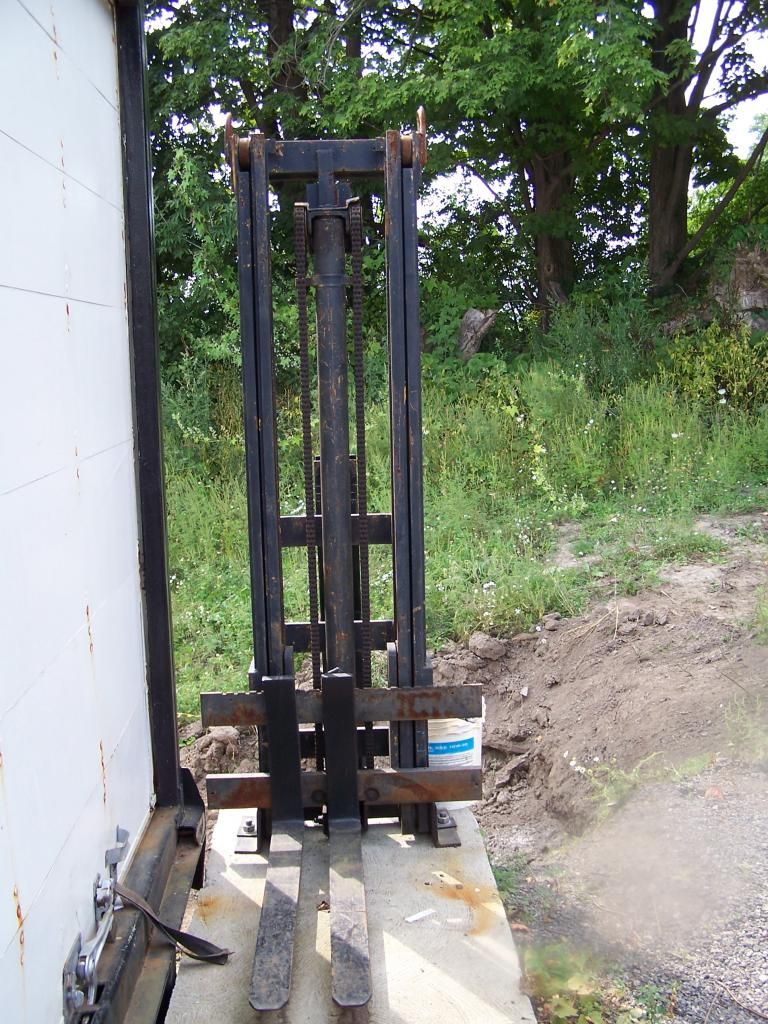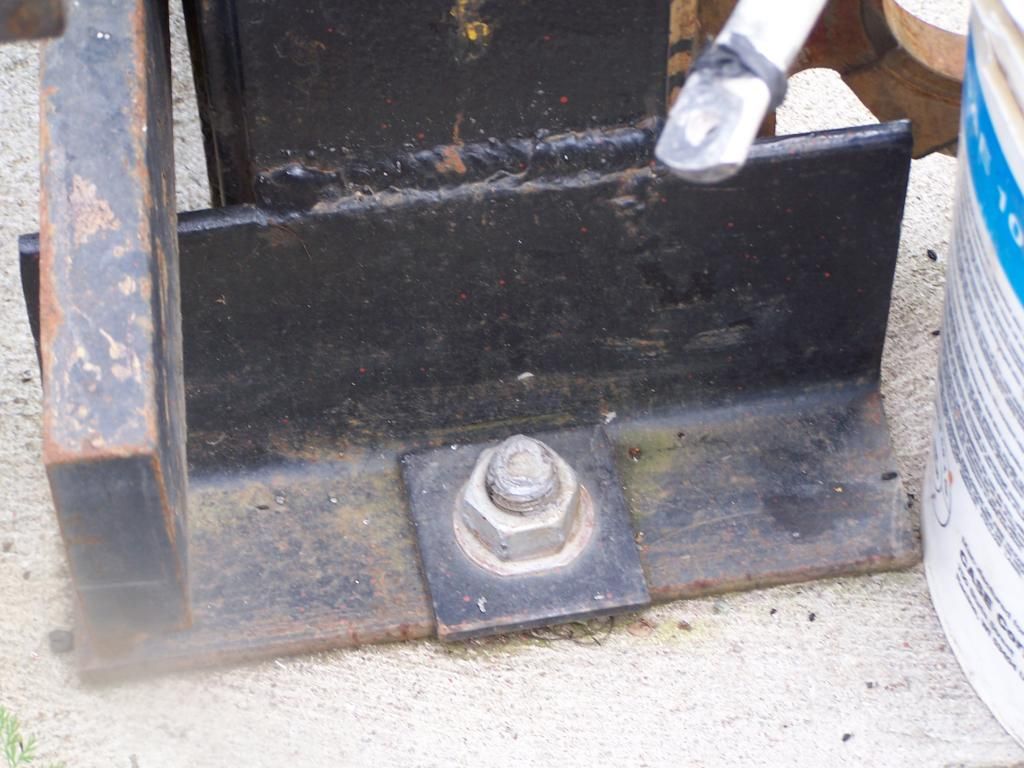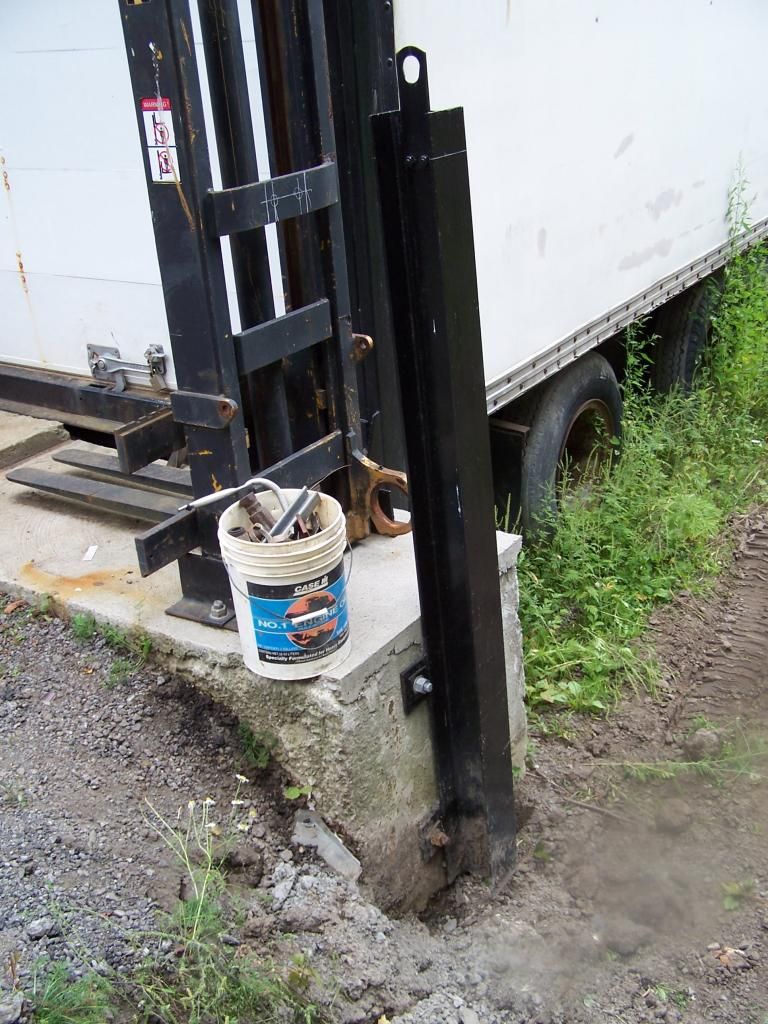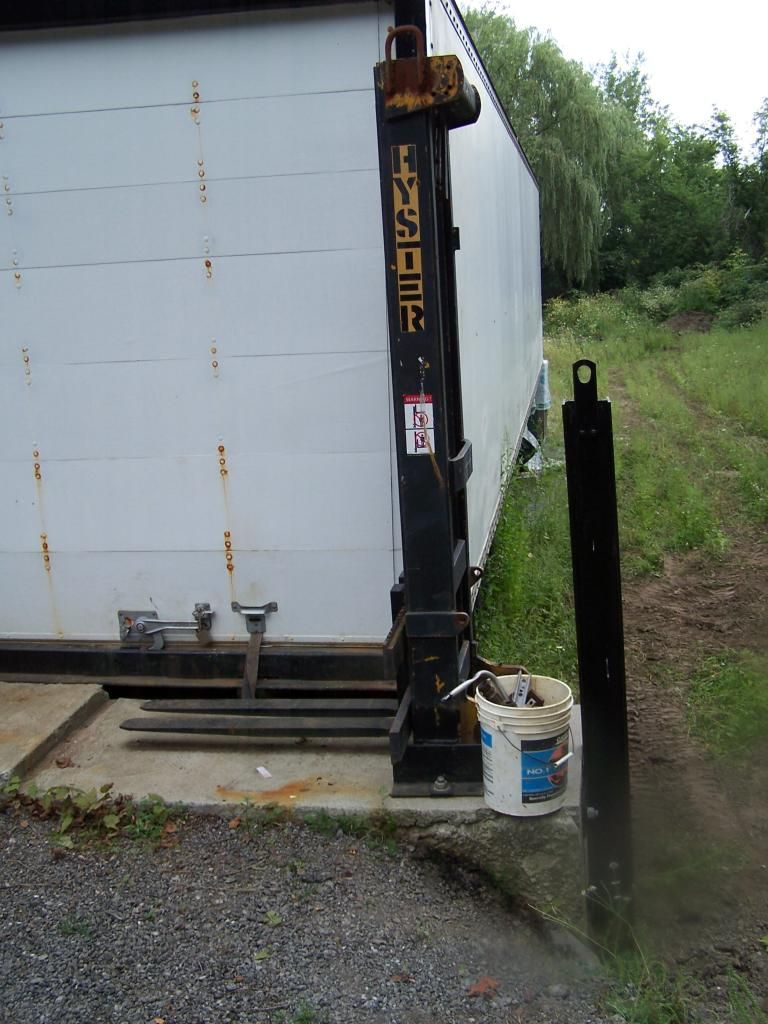It's the load that will determine the pressure.
So what is the max load you expect to lift.
Without dismantling the forklift mast and then weighing the 2nd stage mast, the pair of forks and the fork carriage, I am just guessing that these items will not weigh more than 600 LBS. The platform will likely come in at 300 LBS.... so let's assume 1000 LBS total to be on the safe side. The GT's will top out at 800 LBS. Realistically, I was hoping for a 2000 LB lift capacity here.
But since this is a two-stage mast, isn't the cylinder actually seeing 4000 LBS due to the doubling effect?
The choice of pump was dictated by using something I already owned but perhaps I will end up buying something in the .30 CI size.
The cylinder shows no signs of leaking from the top seal but...... I cannot vouch for the piston seals at this point. The overall length of the cylinder is about 80 inches so the total stroke will likely be a few inches less. I am thinking that it would take around 4 gallons of oil to fully extend the cylinder. So at 2 GPM, it would take a full two minutes to reach full height. This seems rather slow but on the plus side, it is a very controllable lift rate that would allow for highly precise stops at any point. The last thing I want is something that is twitchy, jerky or erratic.
jenkinsph.
I have not witnessed this mast in operation so I do not know for sure if the forks and fork carriage lifts first to its maximum height and then causes the 2nd stage to start lifting. I am guessing that this is how it will function. I am all for safety but I think that trying to install some sort of mechanical device to hold the extended mast in two locations would be difficult initially and cumbersome to employ. I am open to all suggestions.





